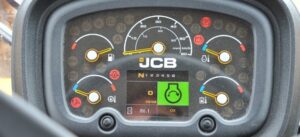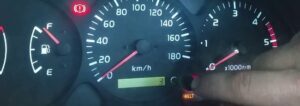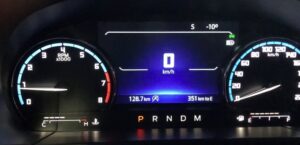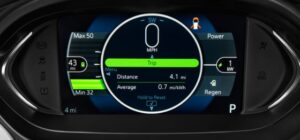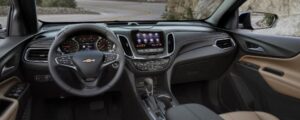Takeuchi Warning Lights, Symbols And Meanings are an important part of your vehicle’s operation. They are a visual indicator of something that is important to the vehicle and can help ensure safety on the road. There are different types of Takeuchi Warning Lights, each with its own specific meaning. In this article, we will explore the different types of Takeuchi Warning Lights and their meanings.
See also: JCB Loader Dashboard Warning Lights and Symbols
What are Takeuchi Warning Lights?
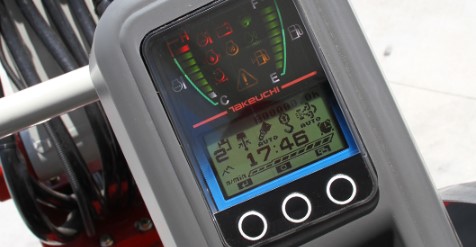
There are three Takeuchi warning lights that are important for the operator to be aware of. The first is the engine oil pressure light, which illuminates when the engine oil pressure is low. If this light comes on, the operator should stop the excavator and check the oil level. The second is the coolant temperature light, which comes on when the coolant temperature is high. If this light comes on, the operator should stop the excavator and allow it to cool down. The third light is the fuel level warning light, which illuminates when there is less than 10% of fuel remaining in the tank. If this light comes on, the operator should stop and refuel as soon as possible.
See also: Massey Ferguson Dash Warning Lights and Symbols
Some common interpretations of the Takeuchi Warning Lights include:
- Flashing light means danger ahead – slow down!
- Steady light means there’s no immediate danger – keep going!
- Flashing light and steady light together mean stop – get out of the way!
What Does the Takeuchi Warning Lights and Symbol Mean?
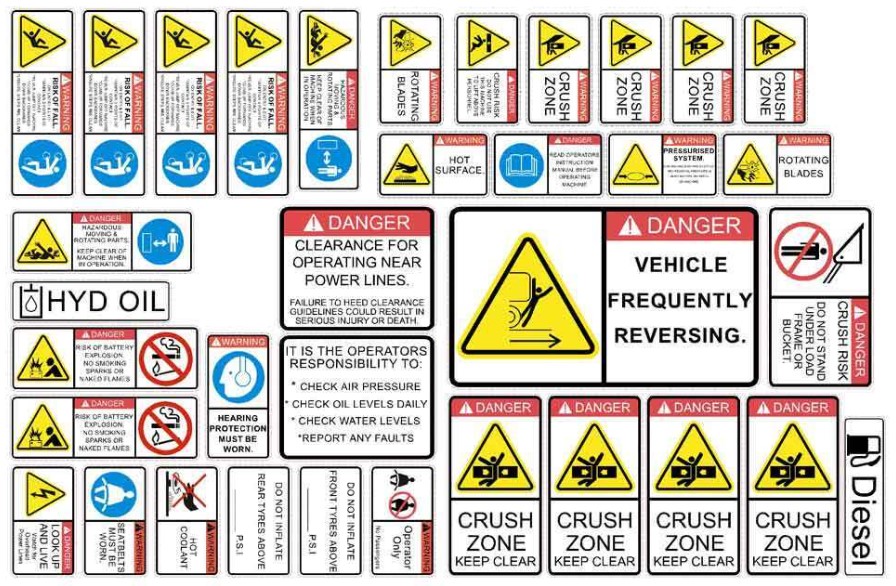
The Takeuchi warning light and symbol are found on some exgavators. The warning light is used to indicate that the equipment is inoperable and should be evacuated. The symbol indicates the type of hazard and the severity of the situation.
The Takeuchi warning light usually shows three colors: red, yellow, and green.
- The red color indicates an emergency situation, such as a fire.
- The yellow color indicates a cautionary situation, such as someone touching a hot part of the machine.
- The green color indicates that the equipment is operable.
Some of these warning lights and symbols are listed below;
- Takeuchi’s “Caution” light is used to warn drivers of potential danger ahead. It features a yellow light with a red border, and is typically displayed on the center console or dashboard.
- The “Stop” light warns drivers that they need to come to a complete stop before proceeding. It features an orange light with a black border, and is typically displayed on the rearview mirror or in the side view mirrors.
- The “Emergency Stop” light is used when there’s an emergency on the road, such as when there’s someone stuck in between the vehicle and the curb. It features an intense white light with a red border, and is usually displayed on top of the car or next to Emergency Flashers.
- Takeuchi’s “Warning” symbol indicates that there may be potential danger ahead, but isn’t necessarily an emergency situation. It features a yellow triangle with a red border, and is typically displayed next to other warning lights like Stop or Emergency Stop.
Most Common Takeuchi Warning Lights
The Takeuchi warning lights are a series of five lights on the dashboard of a vehicle. The lights indicate potential hazards and should be used in conjunction with the hazard warning signals to warn other drivers.
The first light, located on the top left corner of the instrument panel, indicates that there is an airbag deployment danger. The next light, located on the bottom right corner, warns drivers of low tire pressure. The third light indicates that there is a warning for excessive speed or drifting. The fourth light warns drivers about failing brakes. Finally, the fifth light signals a possible problem with the steering system.
In this article, we will take a look at the Takeuchi warning lights and symbols, their meanings, and how to correctly operate them. By understanding what these lights and signals mean, you will be able to avoid potential accidents while driving.
FAQs About Takeuchi
Are Takeuchi and Kubota the same?
Takeuchi skid steers are known for running Kubota engines, however unless you are a dealer of Takeuchi equipment, it is not possible to purchase the OEM Kubota tool. This is largely due to restrictions in the supply chain and the availability of original parts. As such, those looking to obtain this type of tool should contact their local dealer or authorized service provider for more information.
Is Takeuchi owned by Komatsu?
Founded in 1921 after separating from Takeuchi, Komatsu has since been heavily investing in the production of agricultural and mining equipment. The company’s first product was an agricultural tractor, manufactured in 1931, followed by their first dozer sixteen years later in 1947. This illustrates Komatsu’s commitment to creating quality and reliable products that are essential for a variety of industries.
Is Takeuchi a good brand?
Takeuchi is renowned for their stringent quality standards, which results in increased durability and longevity of their construction machinery. With Takeuchi products, customers can rest assured that they are purchasing a long-lasting machine that will provide consistent performance throughout its lifetime. The company’s attention to detail and commitment to excellence has earned them an excellent reputation among the construction industry.
Where is Takeuchi made?
Takeuchi has announced plans to produce up to 70% of its production process in Japan, with the remainder being completed in the United States for faster delivery times to their largest market. The company’s headquarters factory is located in Sakaki, northwest of Tokyo in Nagano Prefecture, where they specialize in construction track loaders. This move will allow Takeuchi to provide a more efficient and cost-effective service for their customers.


